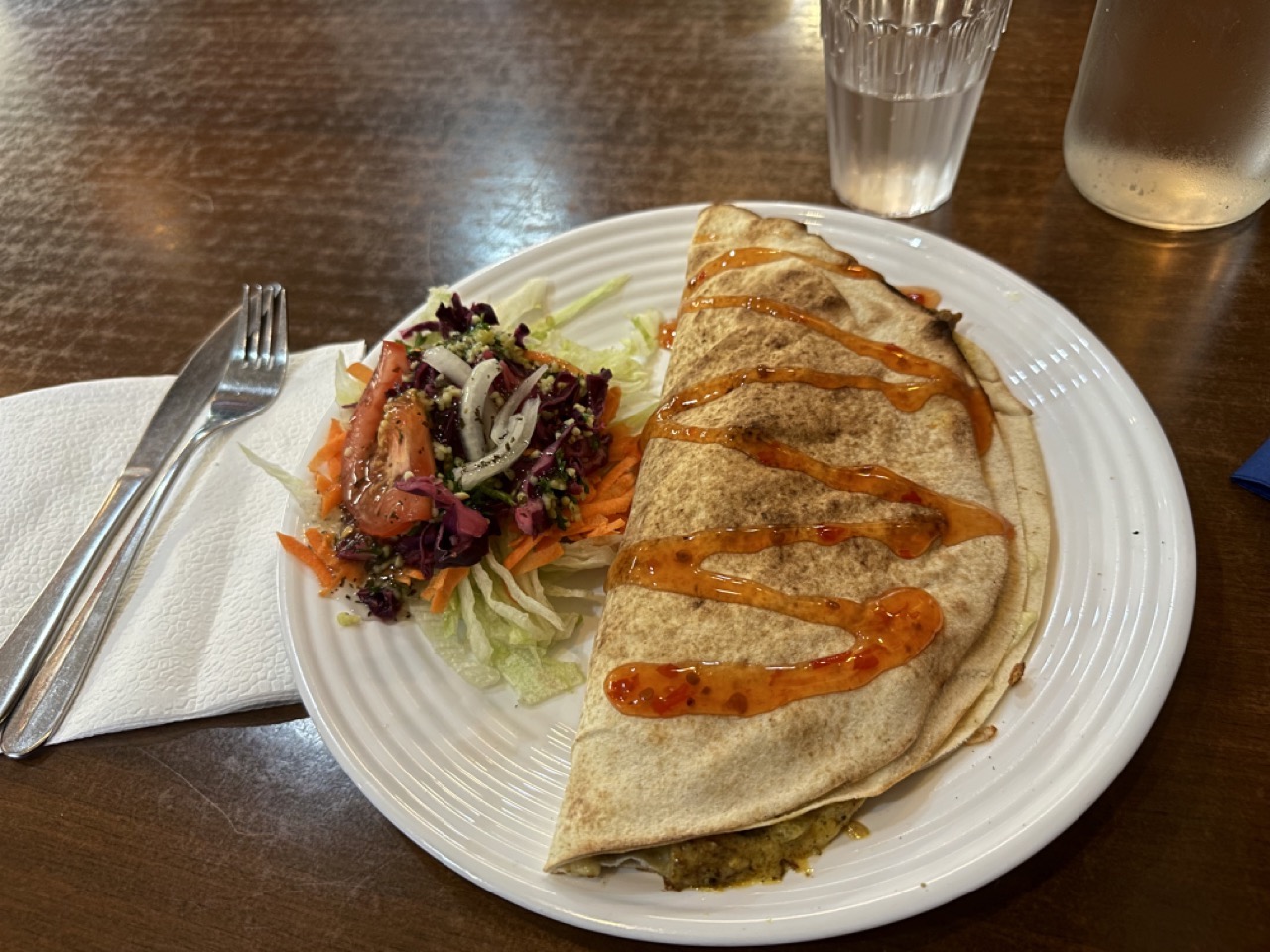Justin Applefield
North Island Part 5: Rotorua
February 2, 2023
I have not seen the Lord of the Rings films, but it seems that a visit to the Hobbiton set in Matamata, about an hour drive away from Rotorua, is one of the top things to do when visiting New Zealand, so I figured I might as well go. I woke up at 6:30am so I could leave by 7 and arrive nice and early for the 8:30am tour. You can only visit the Hobbiton set as part of a guided tour, and I signed up for the first group of the day. I arrived to the Shire's Rest, a parking lot with a cafe, gift shop, and ticket office, and from there visitors get onto a bus for an approximately ten minute ride to the set. On the bus, there is a special video that plays featuring Peter Jackson (the director of the films) and Russel Alexander (the owner of the land) welcoming you to Hobbiton, and playing a couple of clips from the film.
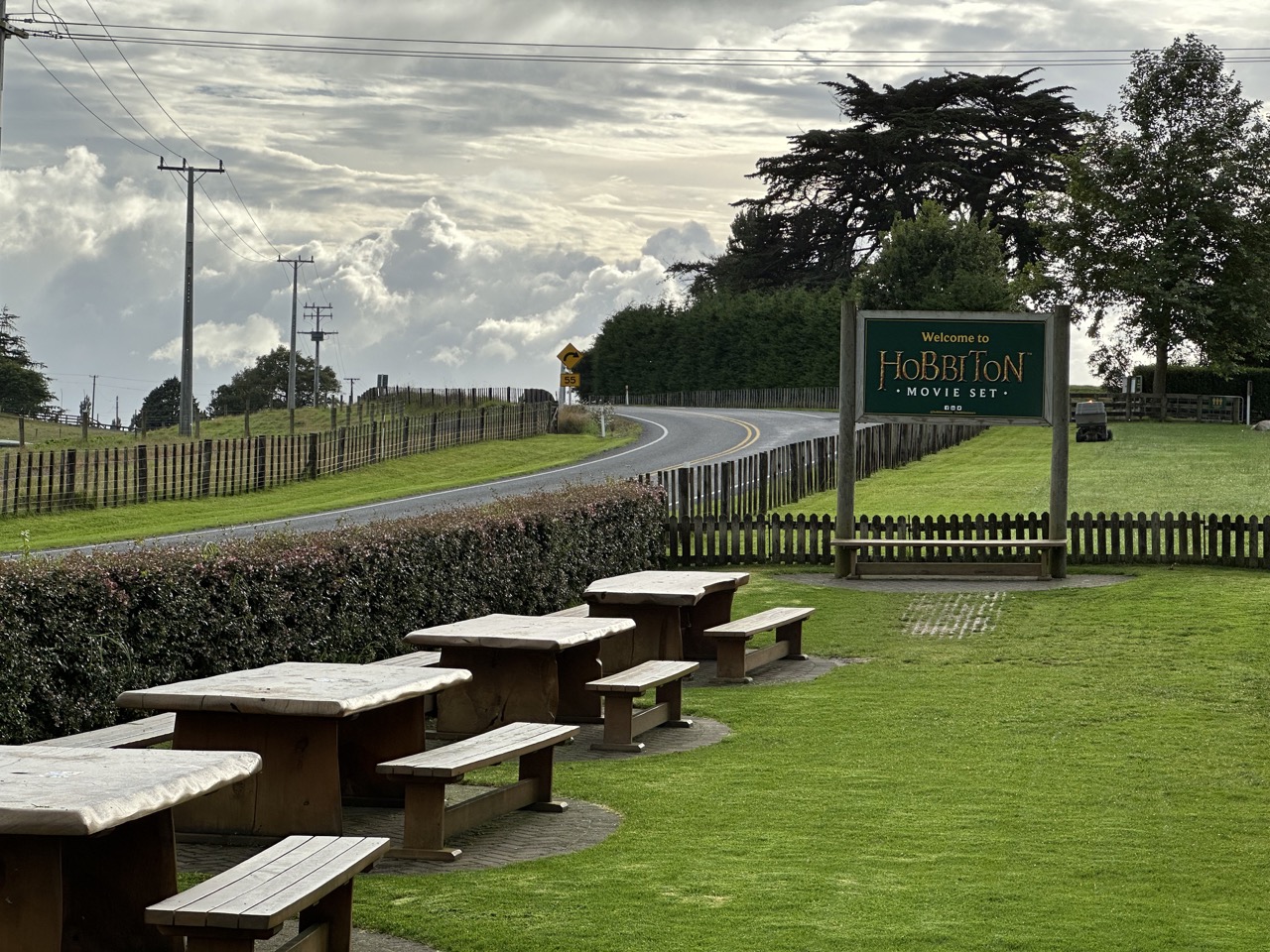
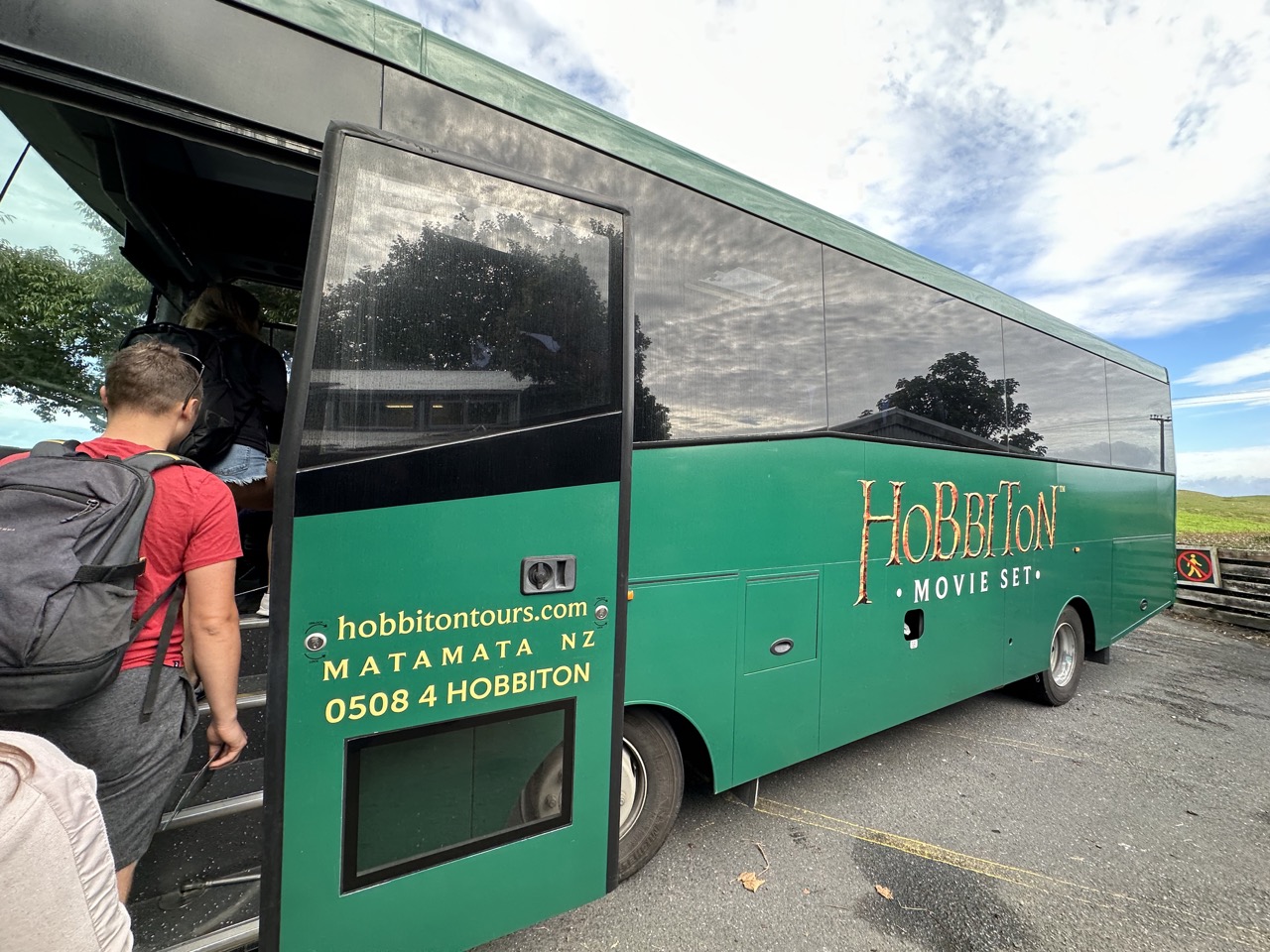
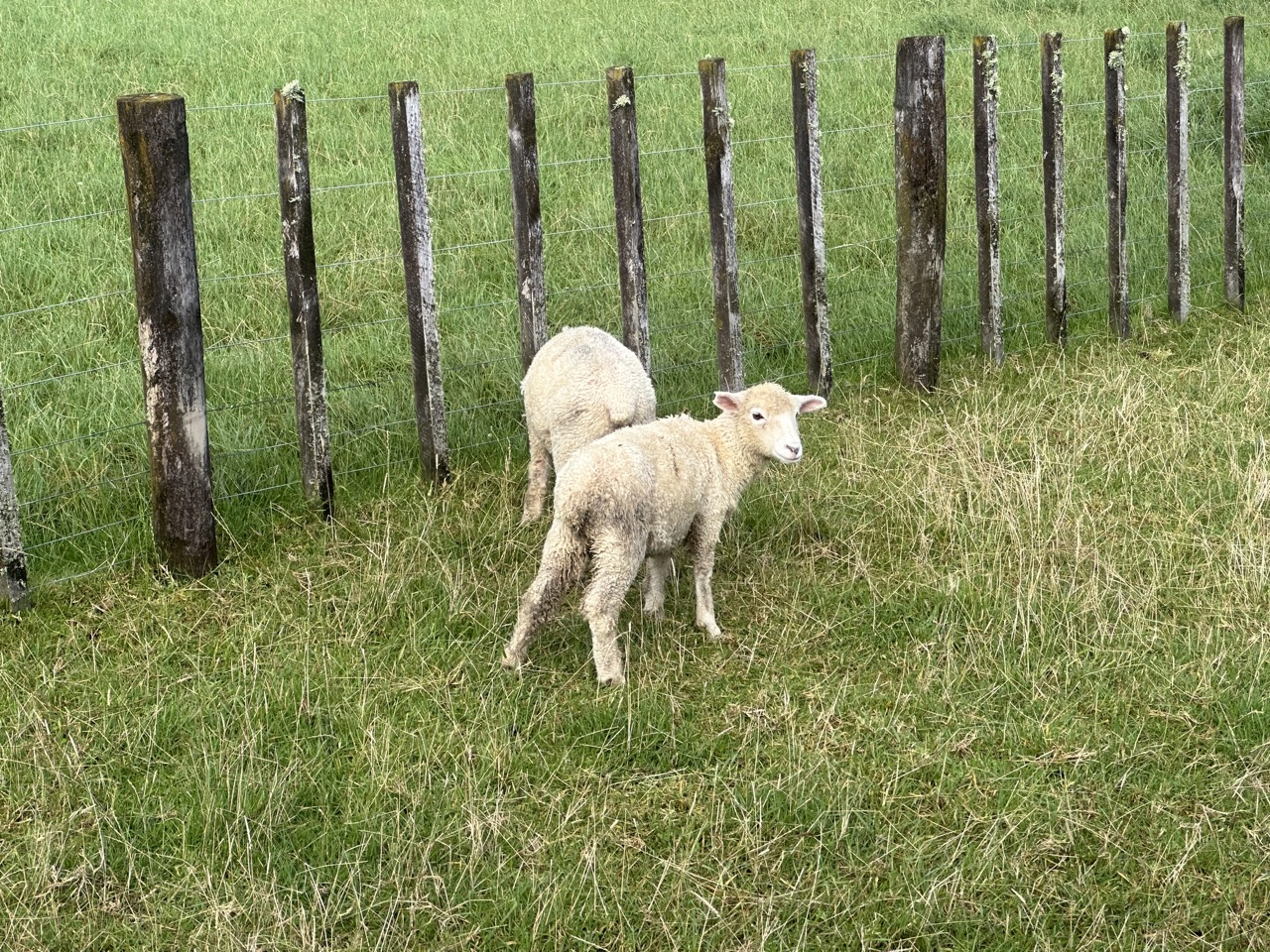
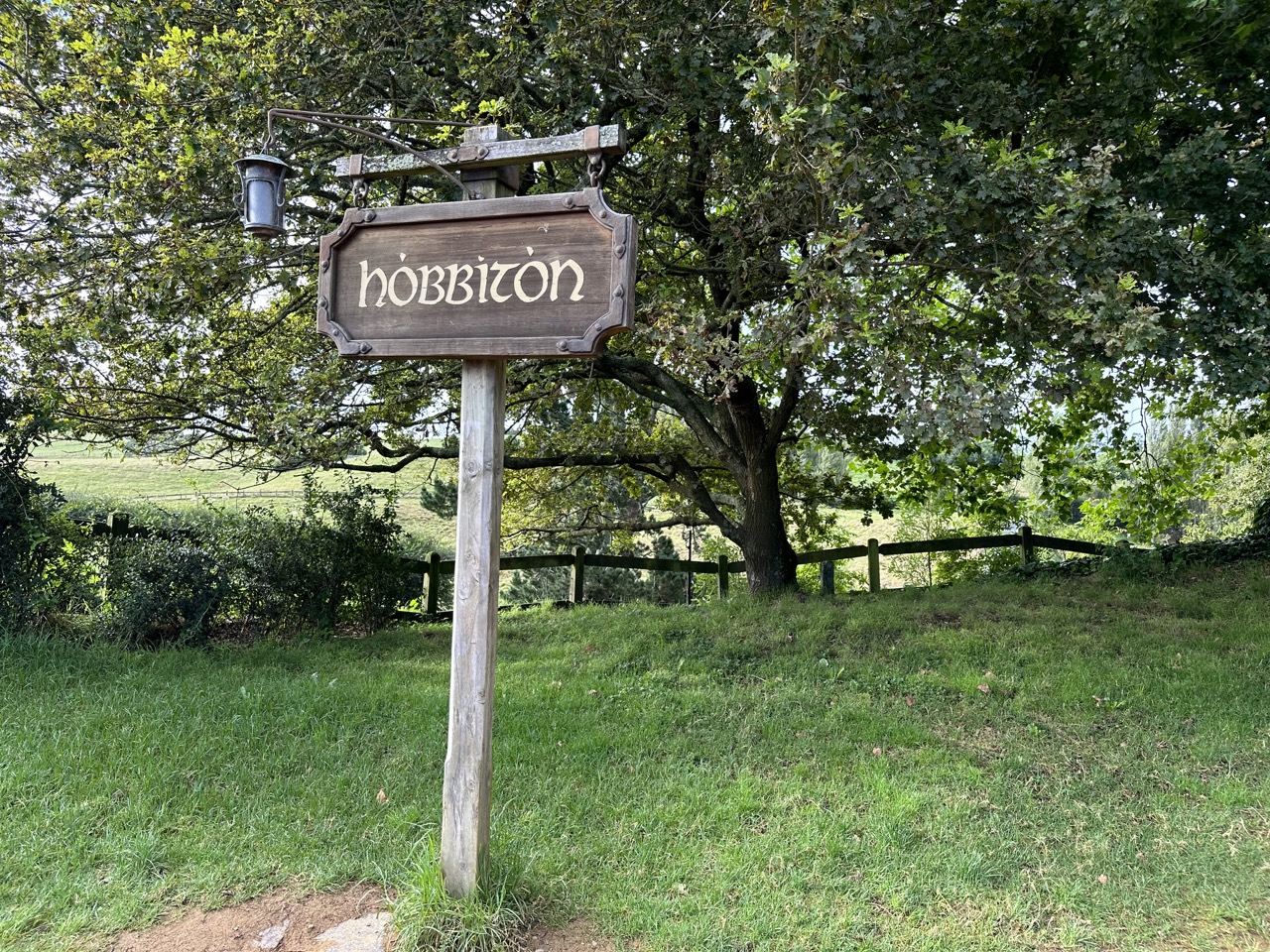
We then proceeded with our guided tour of the set, which took about an hour. The set was built only temporarily for the filming of the Lord of the Rings, but it was then rebuilt to be permanent when filming The Hobbit. There are a total of 44 hobbit holes to see on the set, each decorated differently based on the profession of the hobbit who lives there. Our tour guide, Mirie, led us through the set and pointed out what we were looking at. Ultimately I was a little disappointed in her commentary because I overheard other tour guides providing much more detail than Mirie was able to provide. But, it was worth being on the first tour of the day because there were no groups ahead of us to photobomb us.
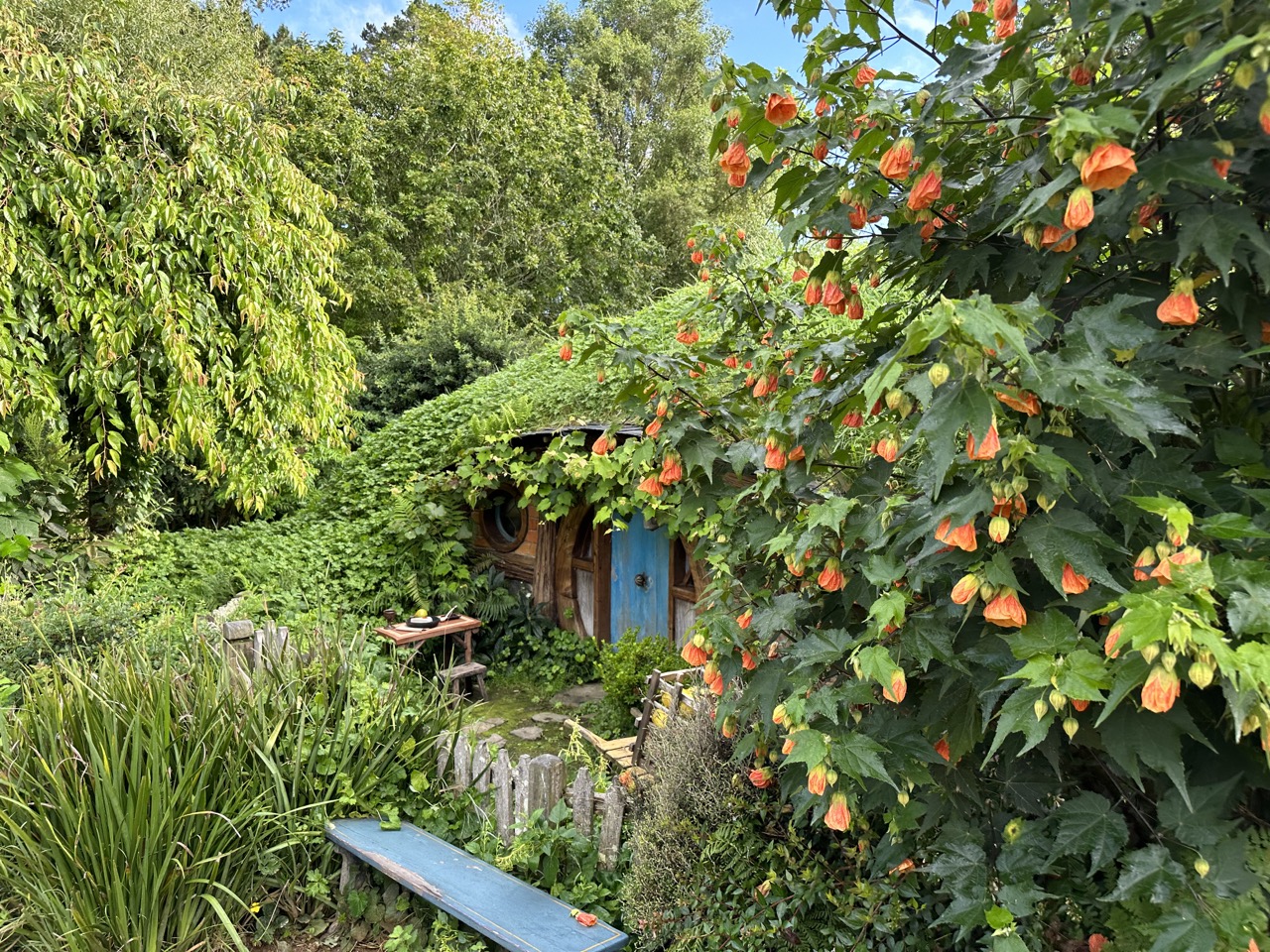
The highlight of the set is definitely Bag End, located at the very top of the hill. In the films, this is home to Bilbo and Frodo Baggins. Not only is it the grandest hobbit hole, but it also has great views of the rest of Hobbiton.
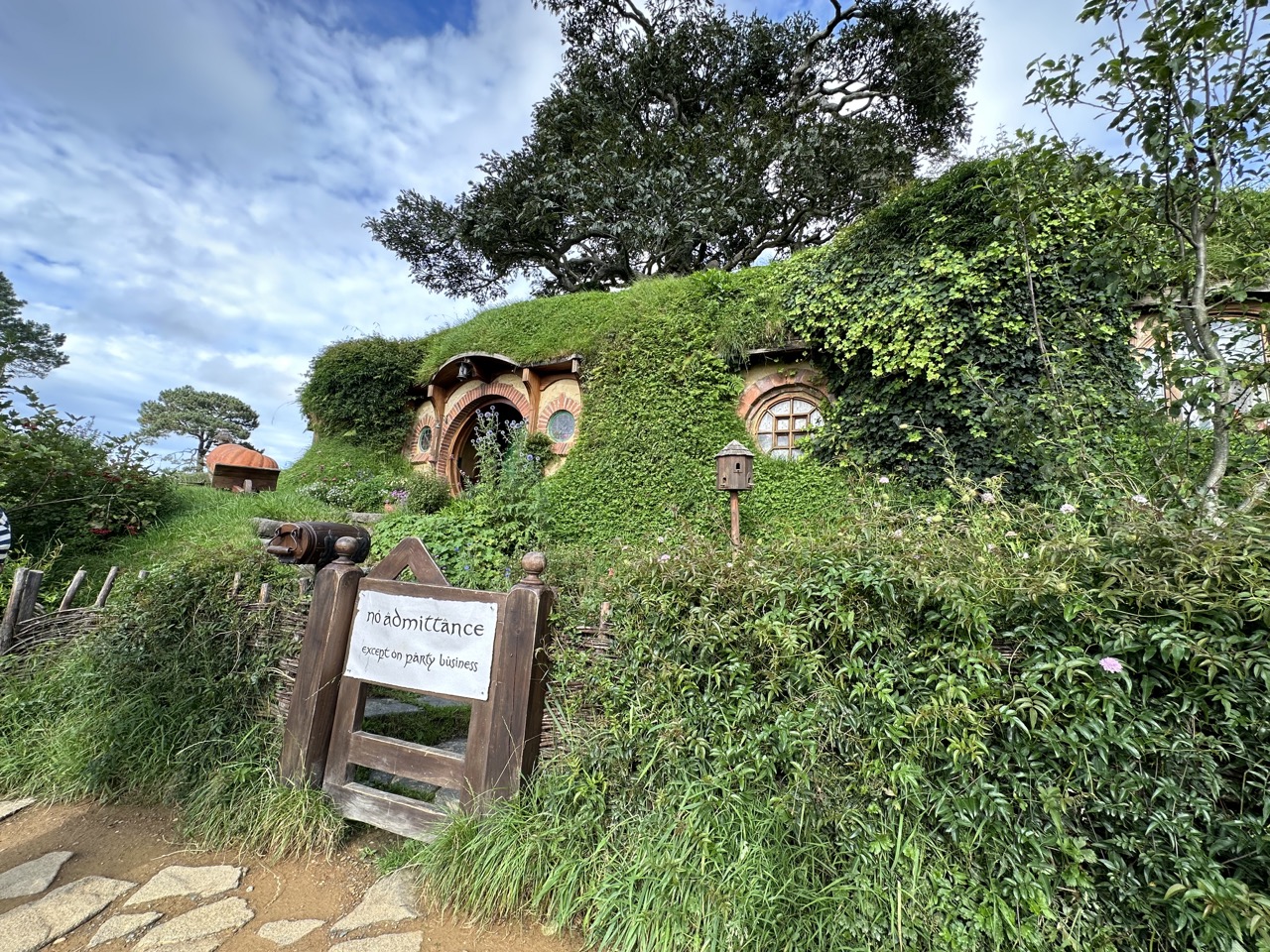
We proceeded down from Bag End, across the party green, past Samwise Gamgee's hobbit hole, and to a platform that has a great view across the lake to the Green Dragon Inn. We then walked around the lake and across the bridge and entered the inn.
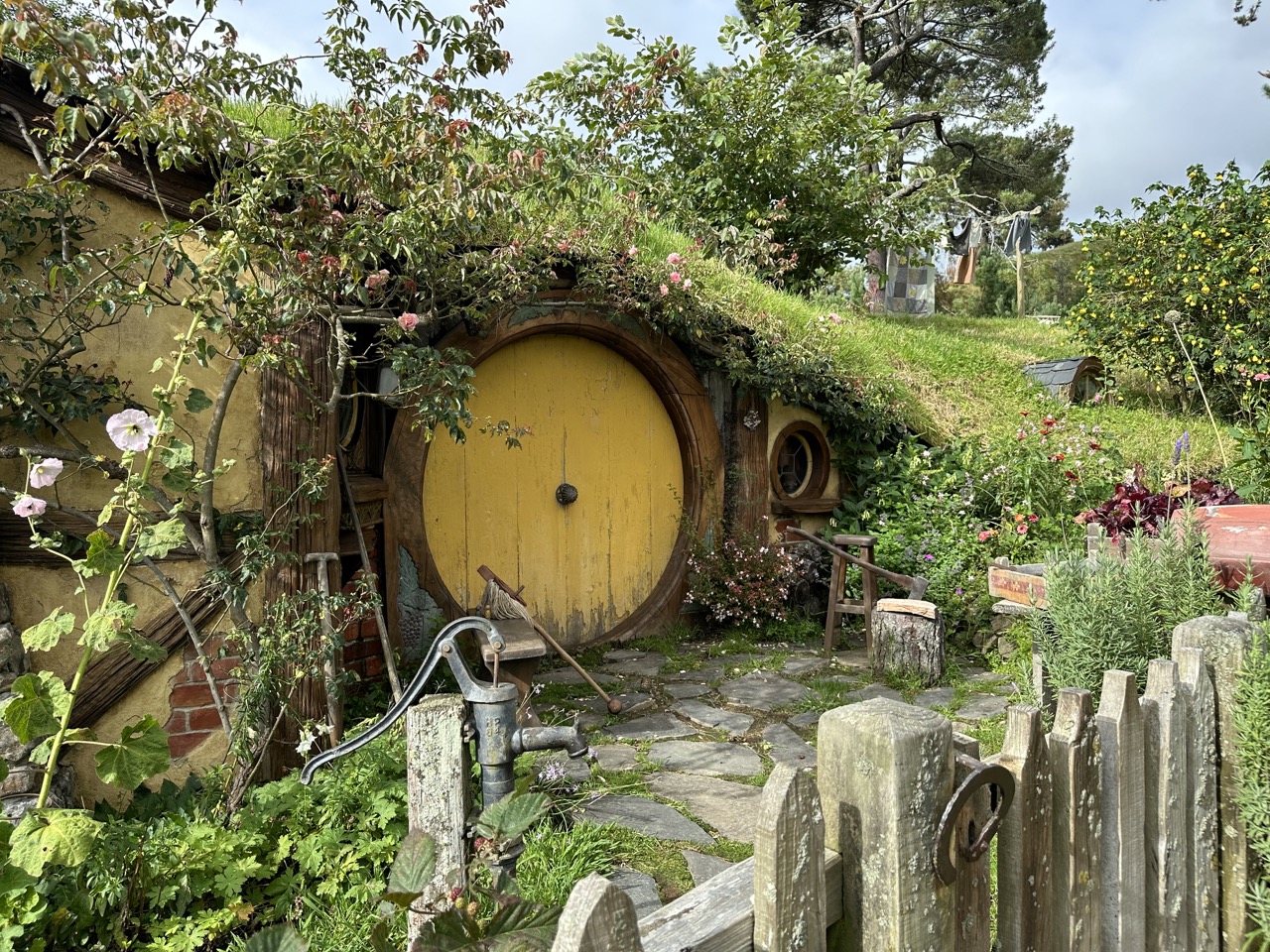
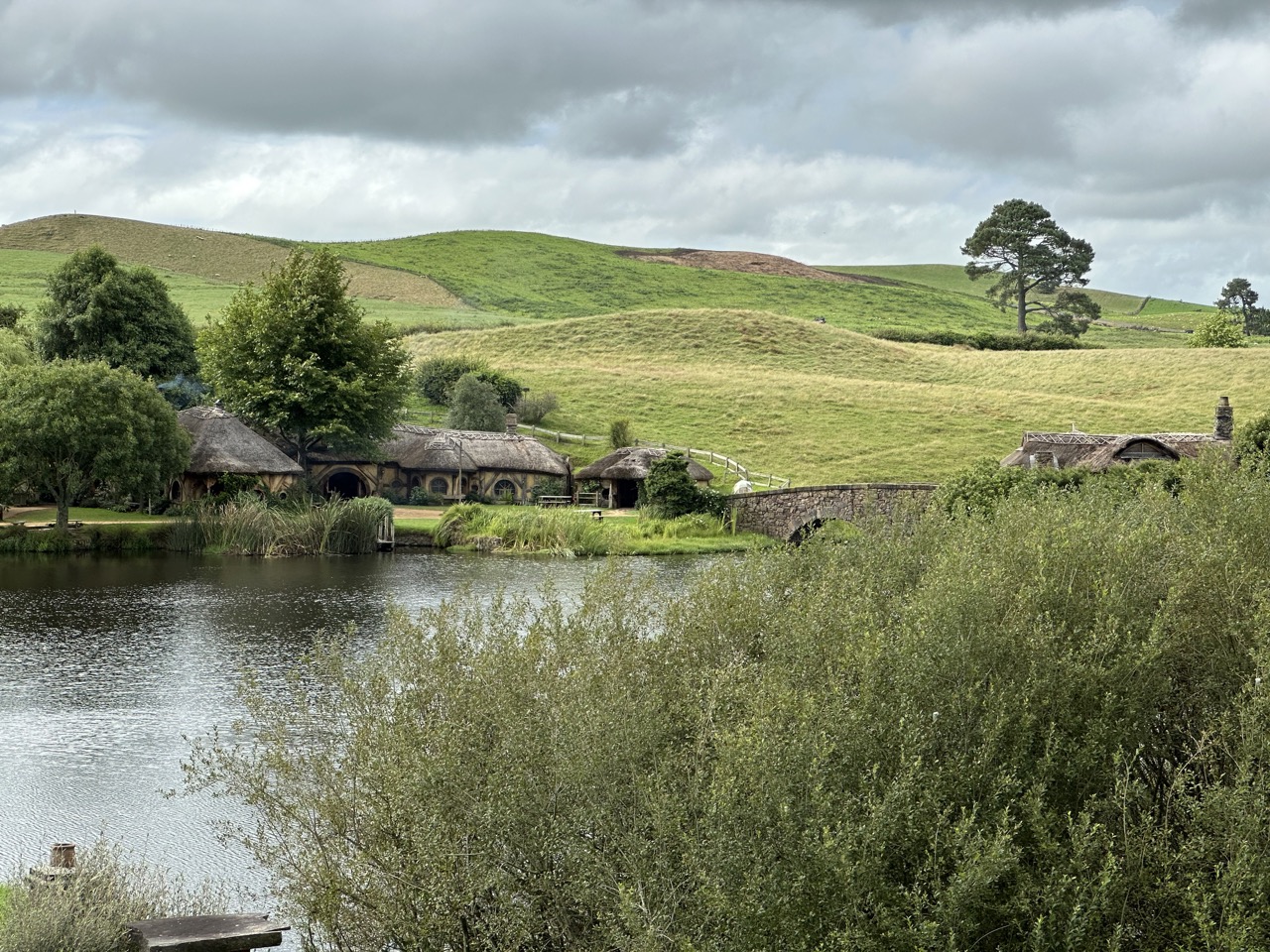
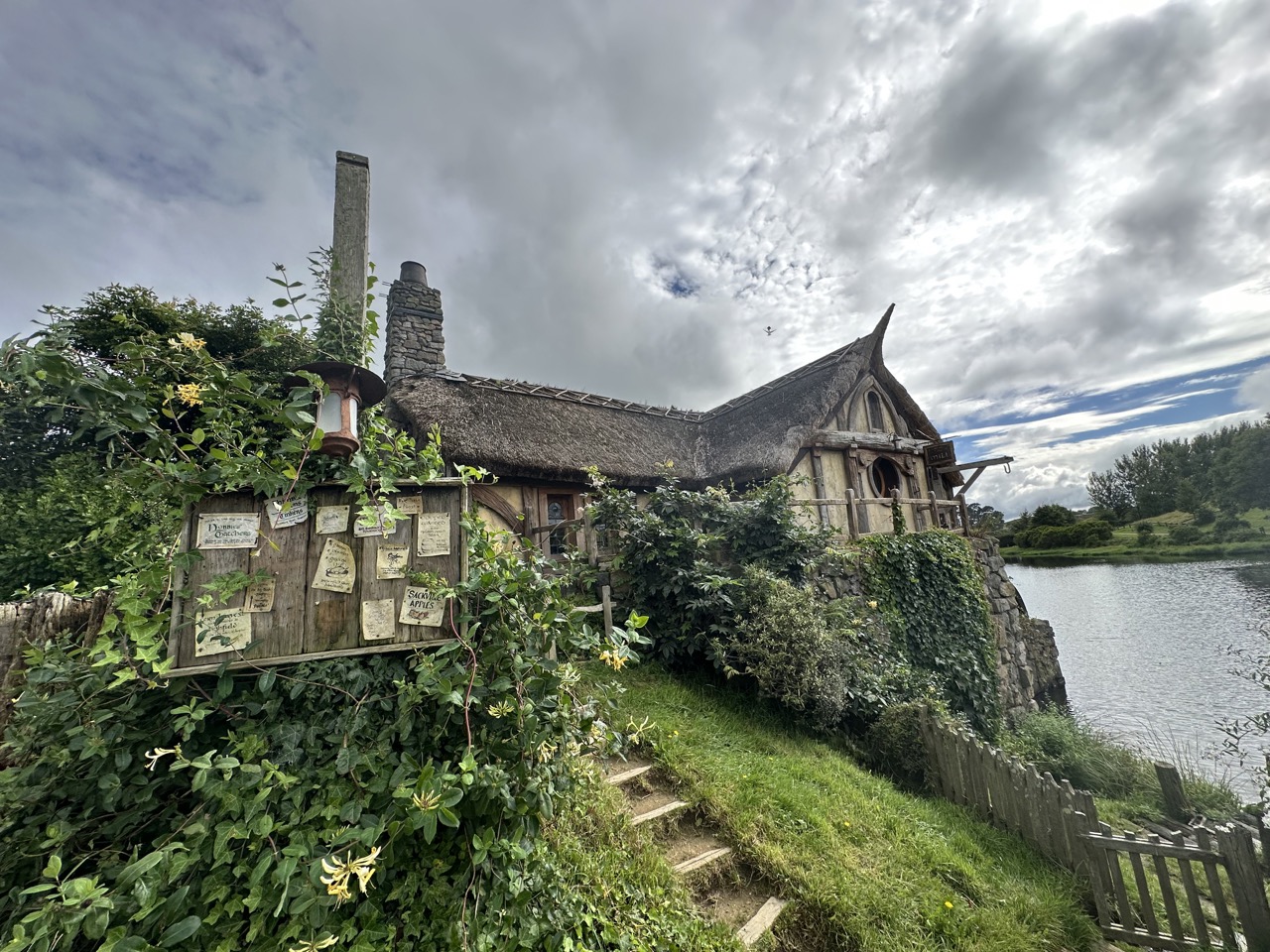
We took about a fifteen minute break inside the Green Dragon Inn. All visitors get a complimentary beverage, the choices were a stout, an ale, a cider, or a ginger beer, all of which had been brewed specially for Hobbiton by a brewery in Hamilton. There was also food available for purchase. They claim that their steak and ale pies are famous, but I didn't try any.
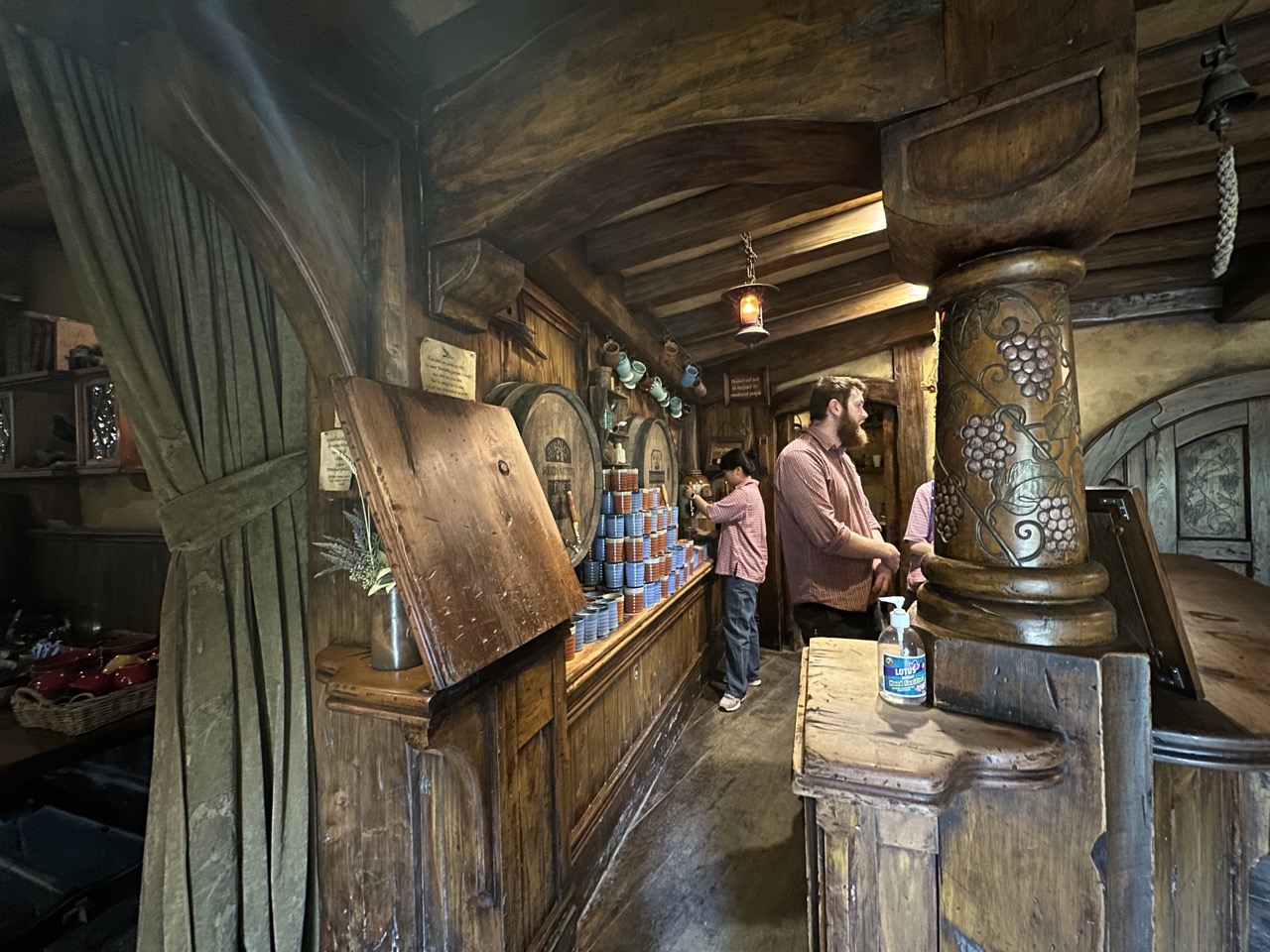
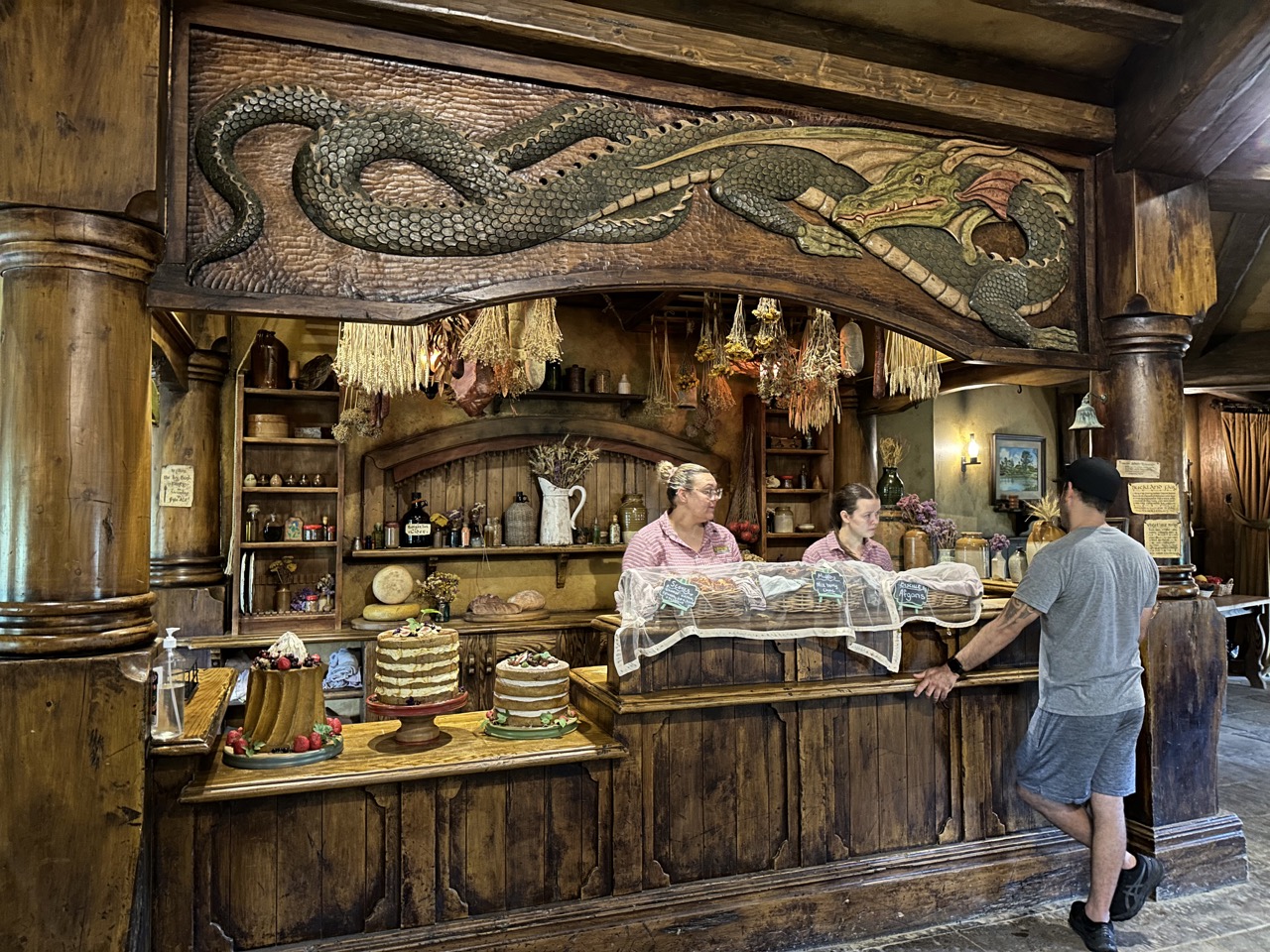
After our break at the inn, we exited Hobbiton and went back to the Shire's rest. I drove back to Rotorua and stopped at another Liquid Laundromat to do laundry, and I ate a peanut butter and jelly sandwich while I waited.
Rotorua is located in an area of high geothermal activity, which is obvious because there is a strong sulphur smell throughout the city. In the city there is Whakarewarewa Thermal Reserve, home to the famous Pohutu Geyser. (note that 'wh' is pronounced like 'f' in Maori) The reserve is split into two sections with separate admissions processes, Te Puia and Whakarewarewa. In the afternoon I went to take a tour of Whakarewarewa, which is an actual village where people live. The full name of the village is actually "Tewhakarewarewatangaoteopetauaawahiao."
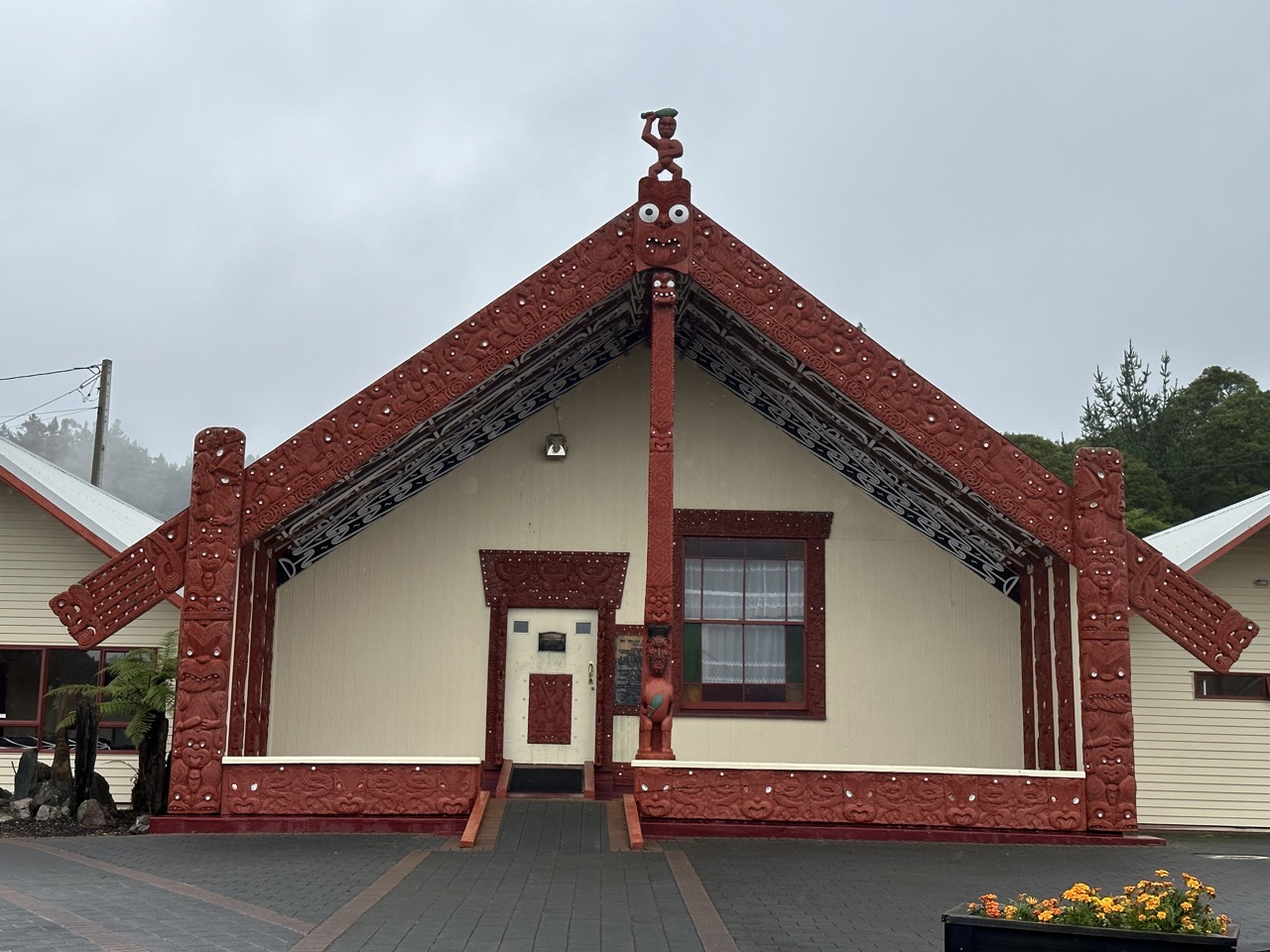
Our tour guide, Manawa, opened by asking us not to take any photos of her, because she has a traditional Maori tattoo on her chin, and apparently people take photos of Maori without their permission and then copyright the designs of their tattoos as their own, which is very offensive, especially because the tattoos all have spiritual meaning (Manawa's tattoo is representative of both her parents). Manawa showed us around areas of the village where they use the geothermal energy to cook food and take baths. She also showed us a kindergarten where education is conducted in te reo Maori, the village hall, and two Christian churches (Maori were forcibly converted to Christianity by the European settlers, and some still practice). Next to one church was a small cemetary, which contemporarily would be fine but historically may have been seen as offensive, because the traditional Maori way of burial is to let the body decompose in a tree, then bury the bones in a cave.
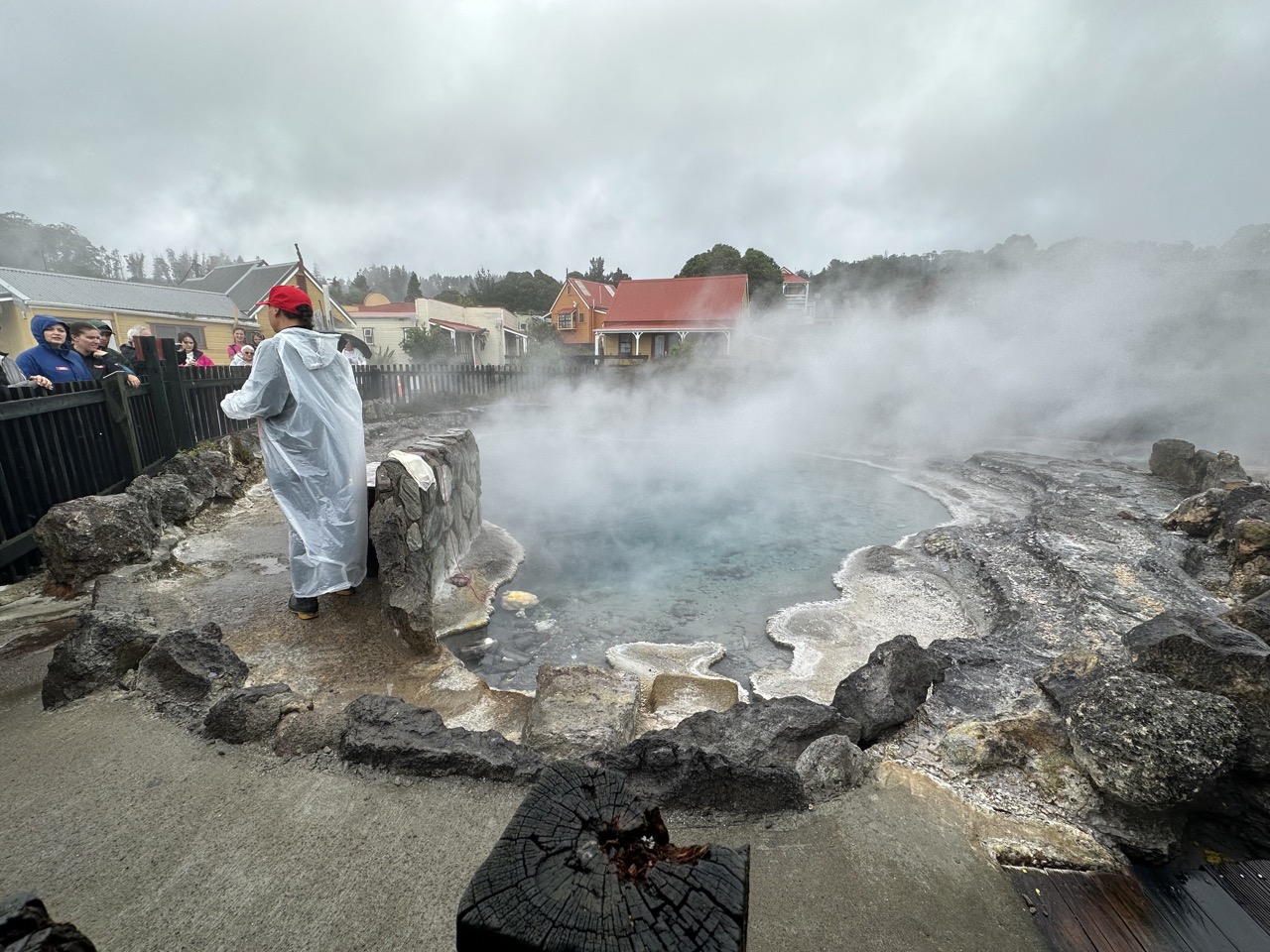
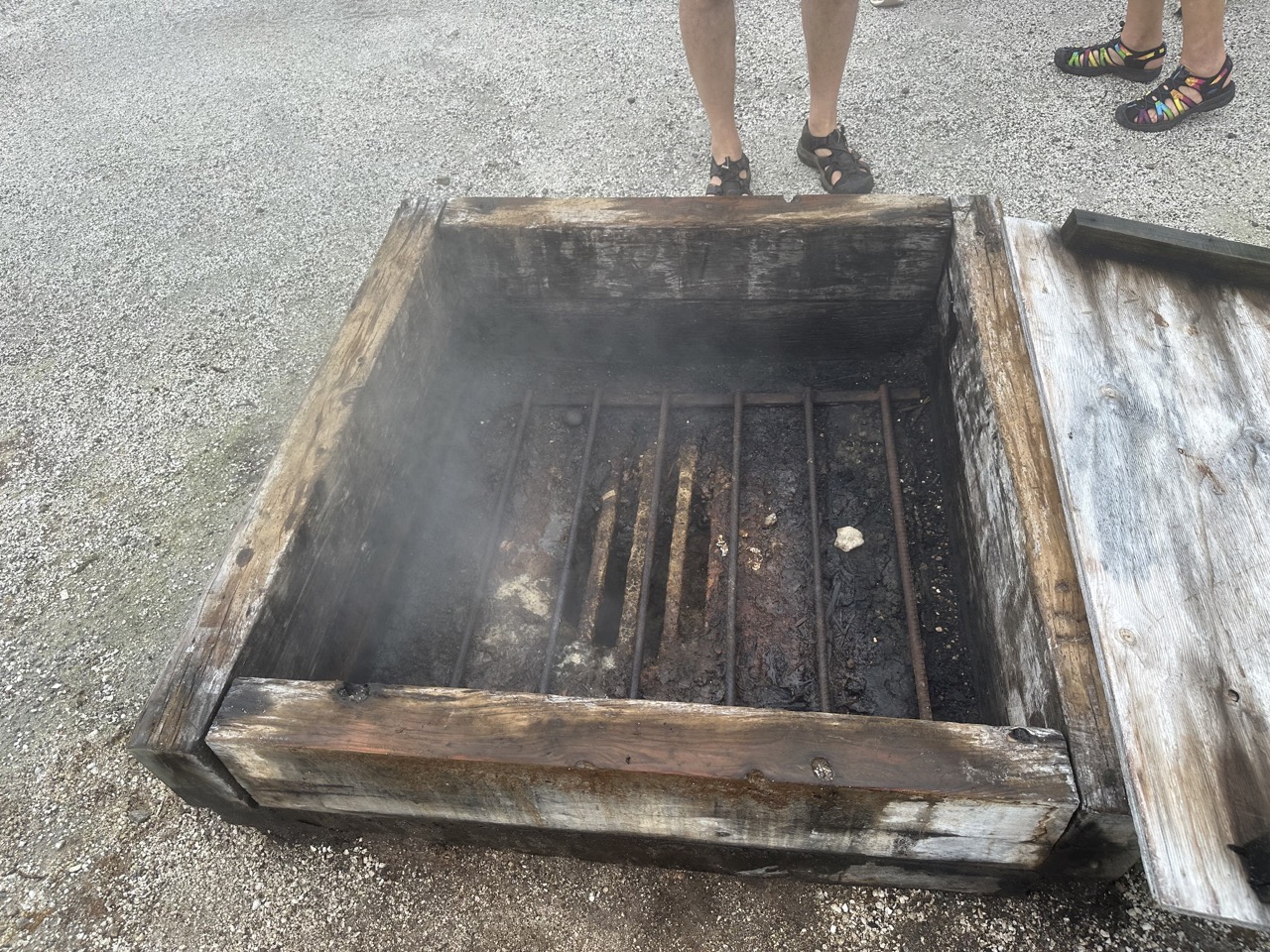
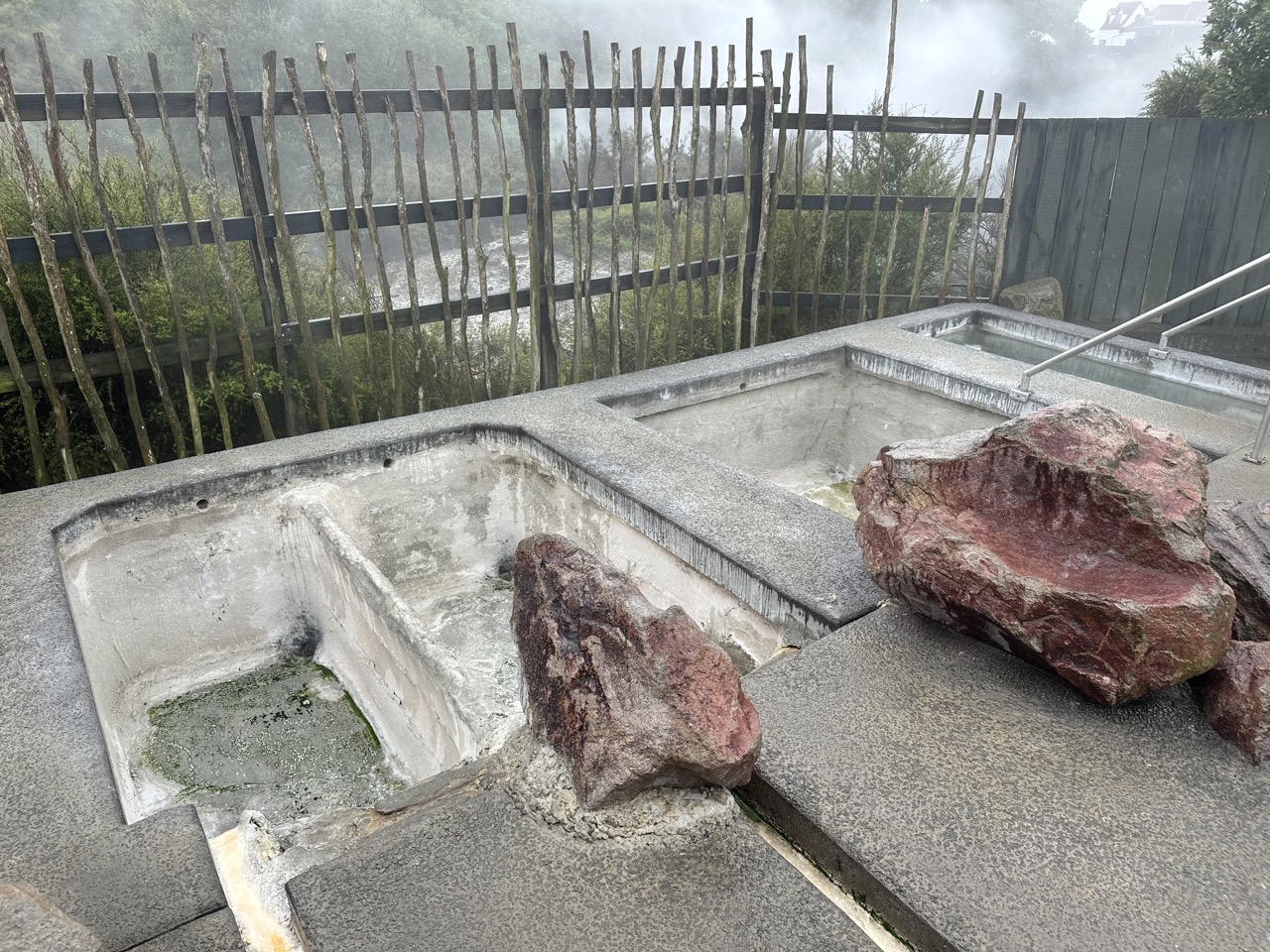
After the tour we went to see the Pohutu Geyser, and its smaller neighbor Te Tohu, which usually erupts right before Pohutu. No one really knows when Pohutu will erupt, but we only had to wait a few minutes.
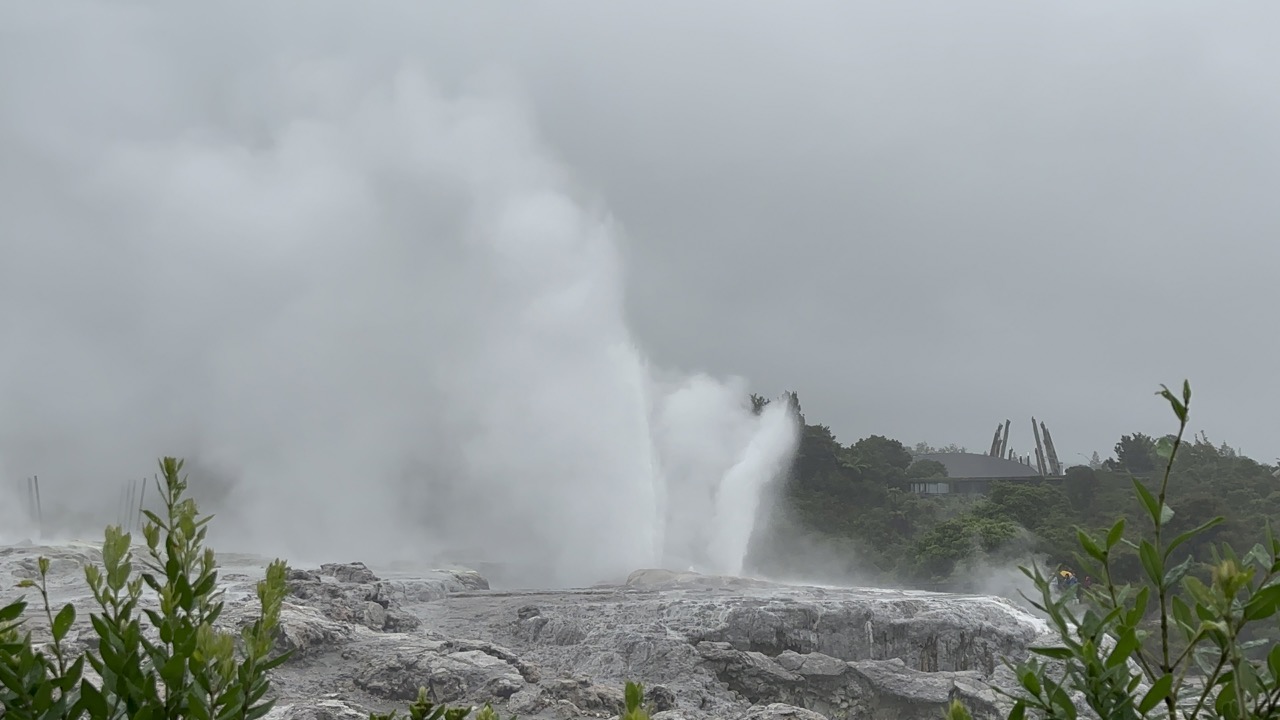
I headed back to central Rotorua and looked for some food. I ended up going to Ali Baba's Tunisian Restaurant located across from Eat Streat. At the waitress's suggestion I tried a "Kascrute", which as far as I can tell is a dish that only exists at this one restaurant, and is basically a quesadilla but with Tunisian spices on the meat. I asked for it spicy, and the owner asked how spicy on a scale of 1-10. I said 6 or 7, and received something that I would describe as probably a 2 or 3. This is just another sample of my ongoing theory that New Zealanders really cannot handle spicy food.
